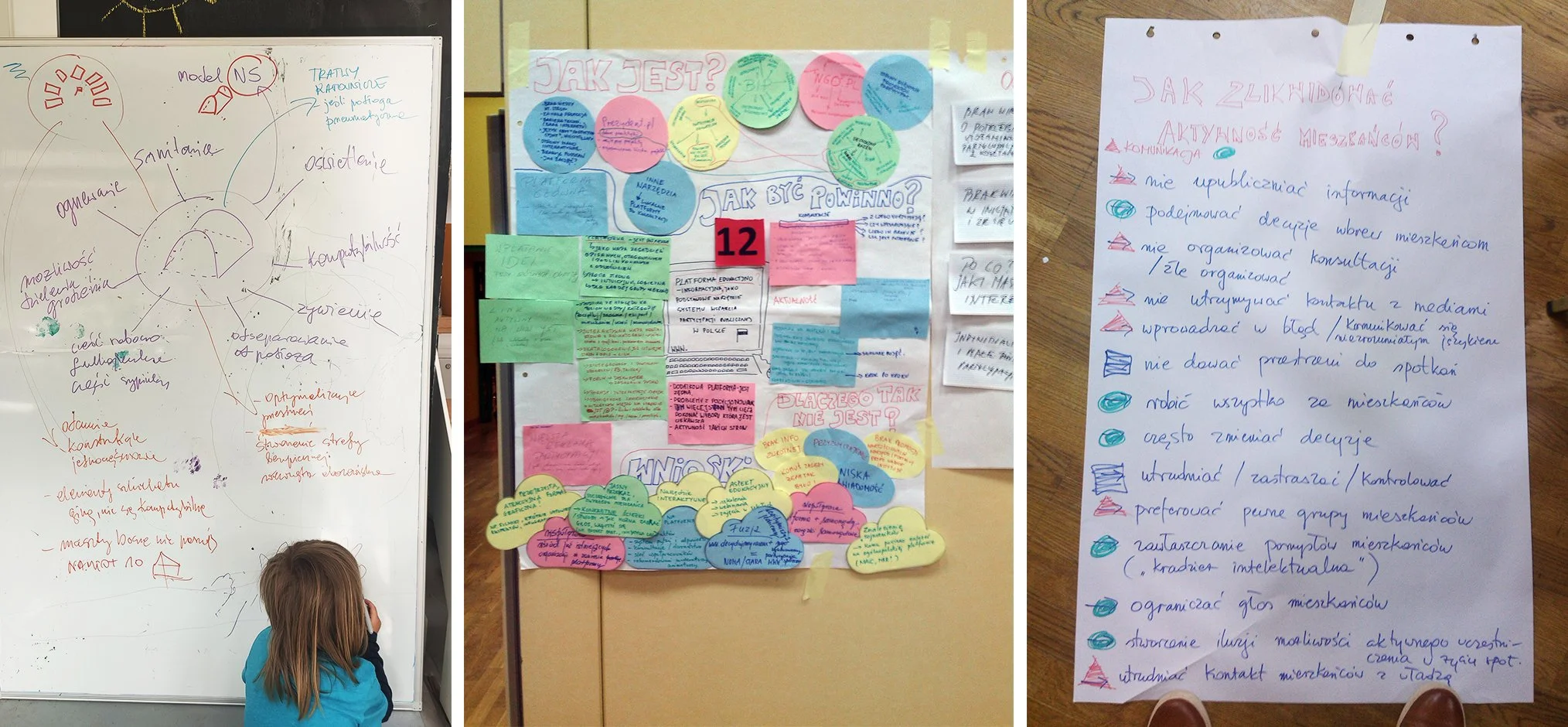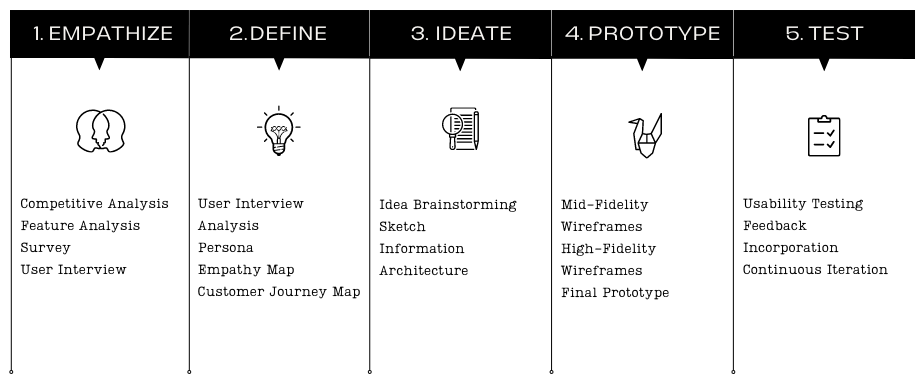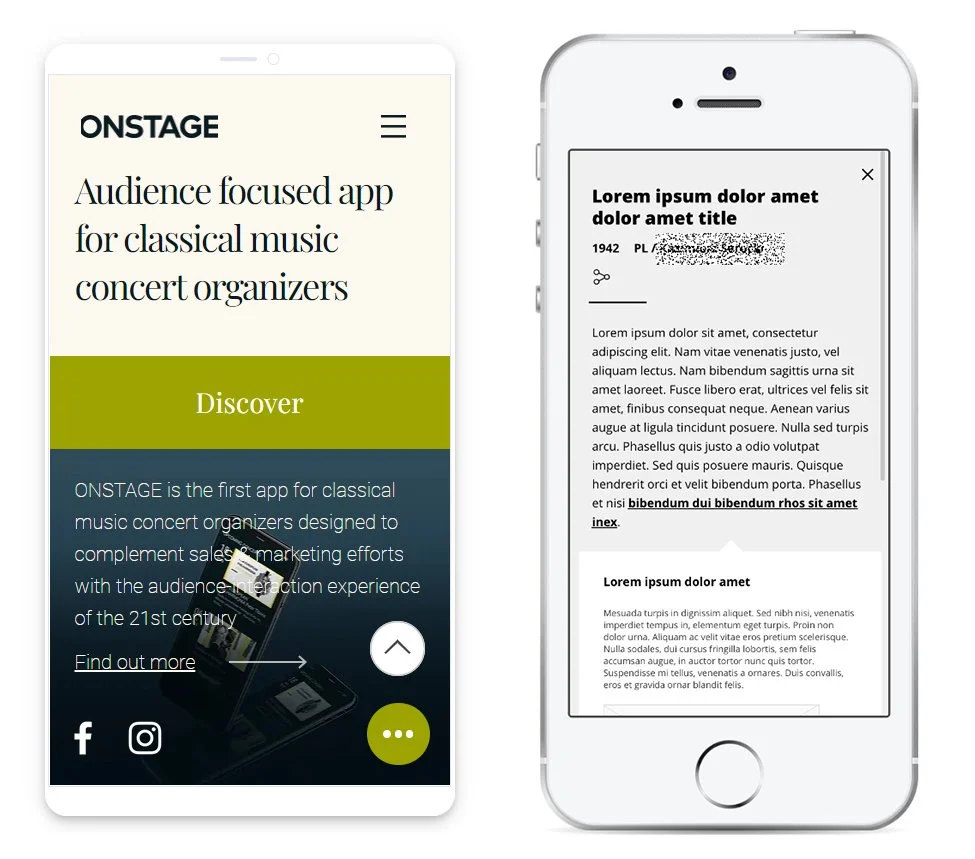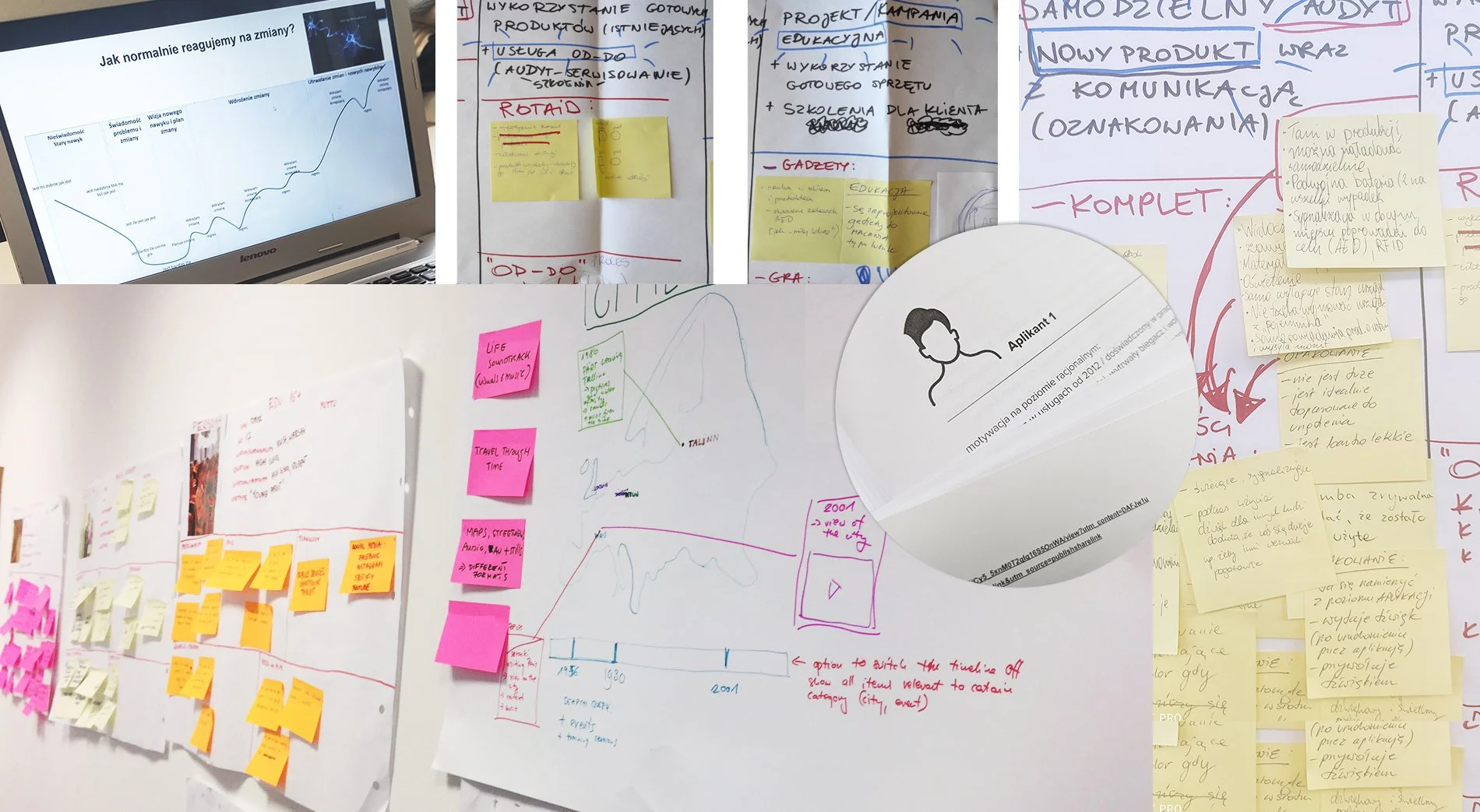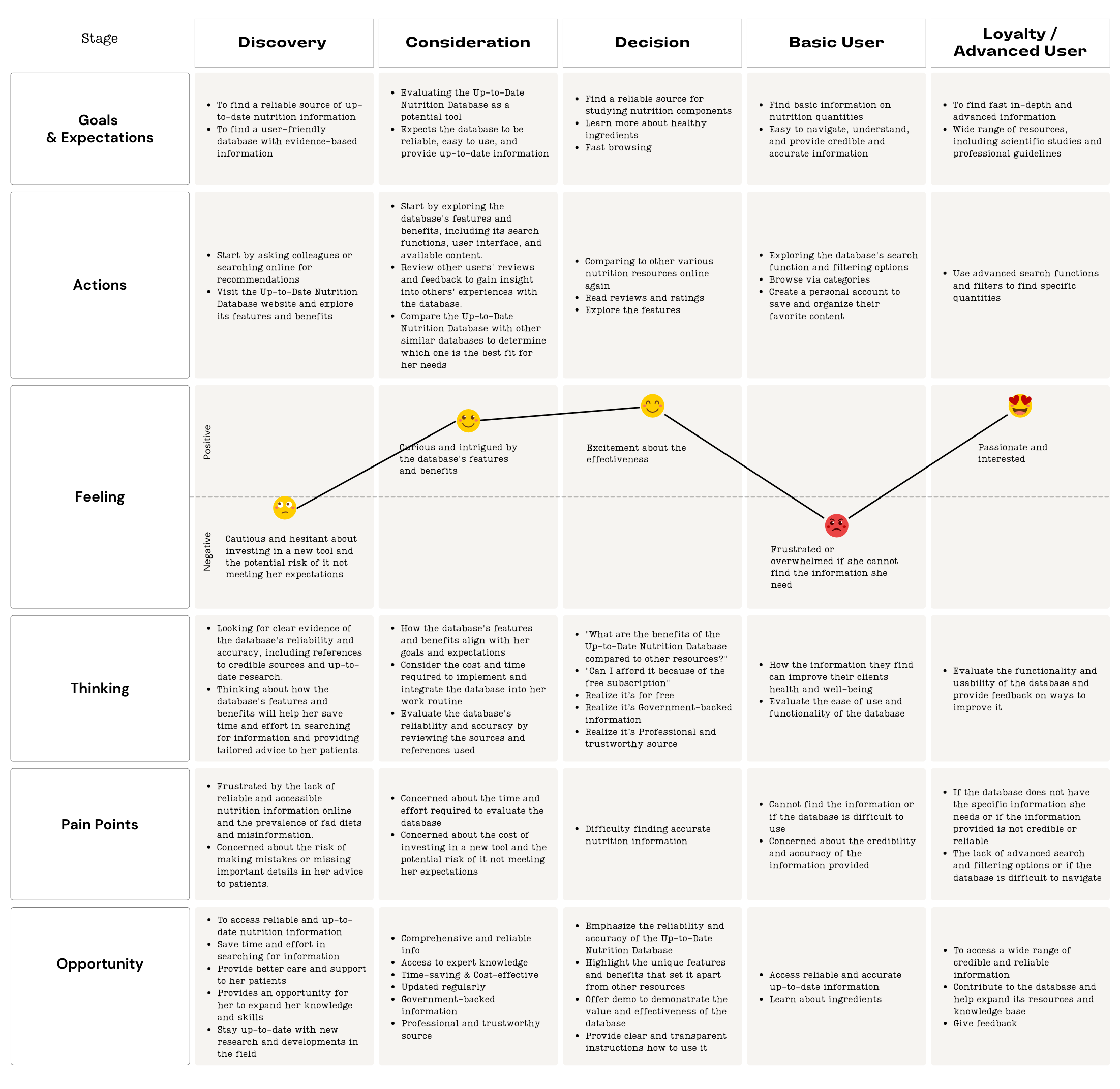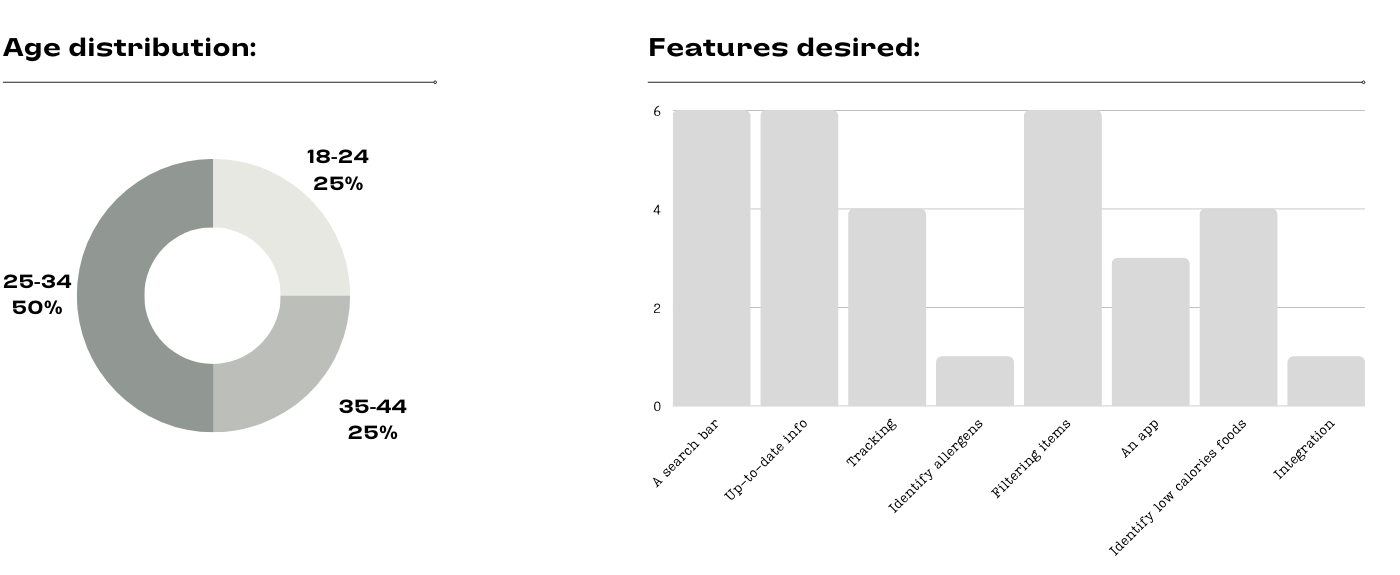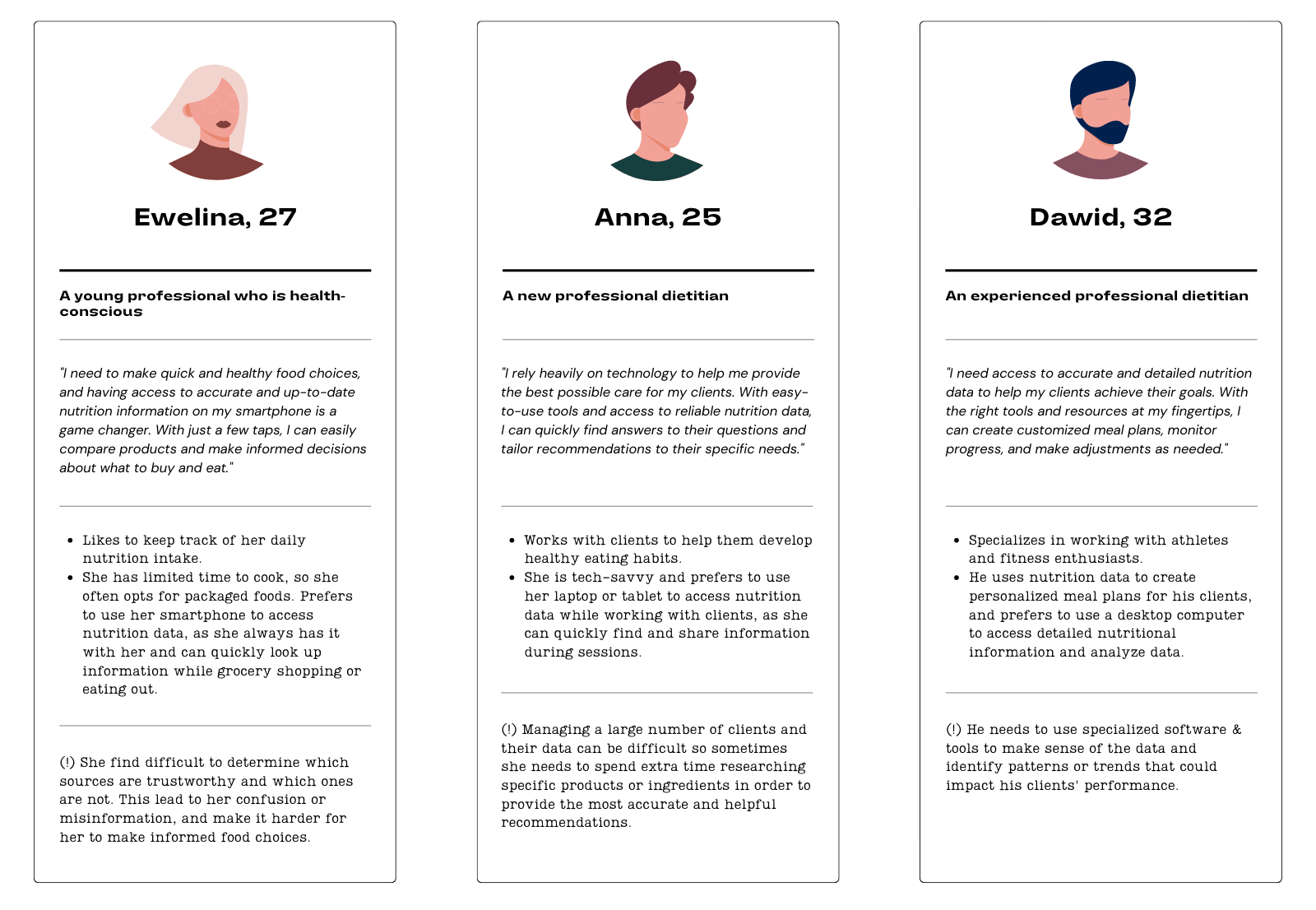My goal is to give people a great experience by making complex things feel simple
I am a Freelance Product Designer & Concept Developer | 6+ Years of UX/UI Design and 2 Years of CX/OD Experience with strong skills in product strategy and management and 9+ years of experience designing engaging, intuitive and user-friendly experiences for people across many touch-points: digital, visual, operational and process. I have practical knowledge of the product development cycle.
Curious about my client-specific work?
To access my password-protected portfolio, please reach out to me directly via email at monika@h46.pl.
I have the ability to think critically and creatively, to interpret complex data and insights, and to use empathy and intuition to understand the needs and desires of users. I have a deep understanding of human behavior and psychology, and can use this knowledge to design experiences that are not only functional but also engaging and enjoyable. I collaborate effectively with stakeholders and team members, to communicate ideas and concepts clearly and effectively, and to adapt to changing circumstances and priorities.
I create interaction and experience designs through creative workshops, sketches, wireframes, interactive flows and prototypes in relation to user needs and the scope of the project.
While AI may be able to automate certain aspects of the design process, such as generating layouts or performing usability testing, it lacks the ability to understand and empathize with users on a human level. I have the ability to take user feedback and incorporate it into the design process in a way that AI cannot.
Additionally, I can work with AI tools and systems to enhance the overall design process and ensure that the end product is not only functional but also aesthetically pleasing and user-friendly.
I have designed solutions for mobile, web and also organizations (process flow), services and products including mock-ups of multi-level information services, database interfaces, file repositories, canvases for training materials and workshops, training and onboarding manuals (also substantive), for a wide range of brands.
Thank you for taking the time to review my portfolio. Please don't hesitate to contact me via e-mail: monika [at] h46.pl, or LinkedIn.
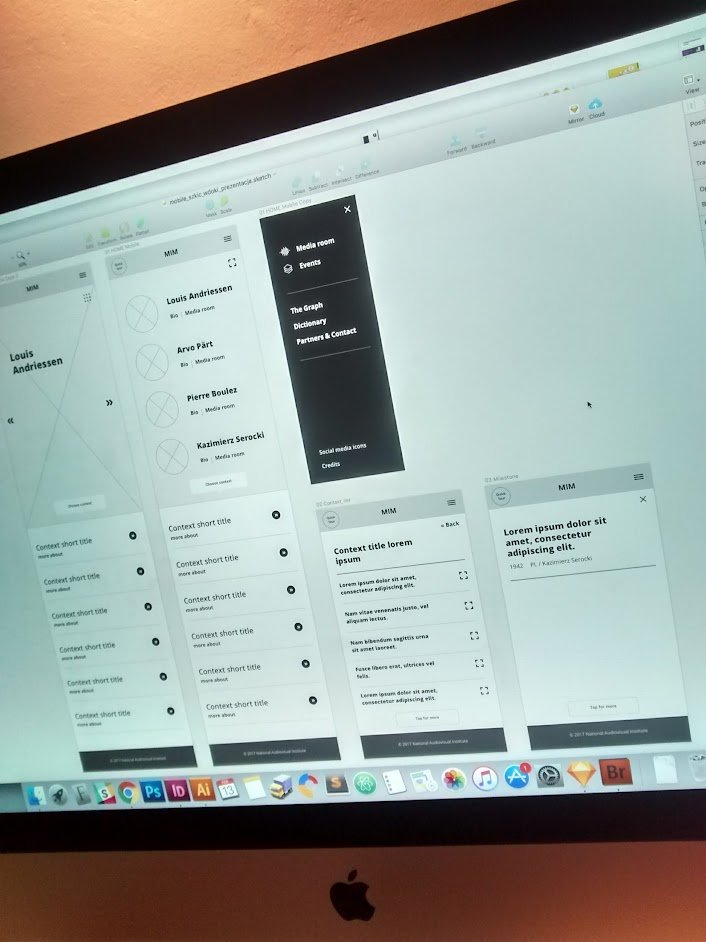
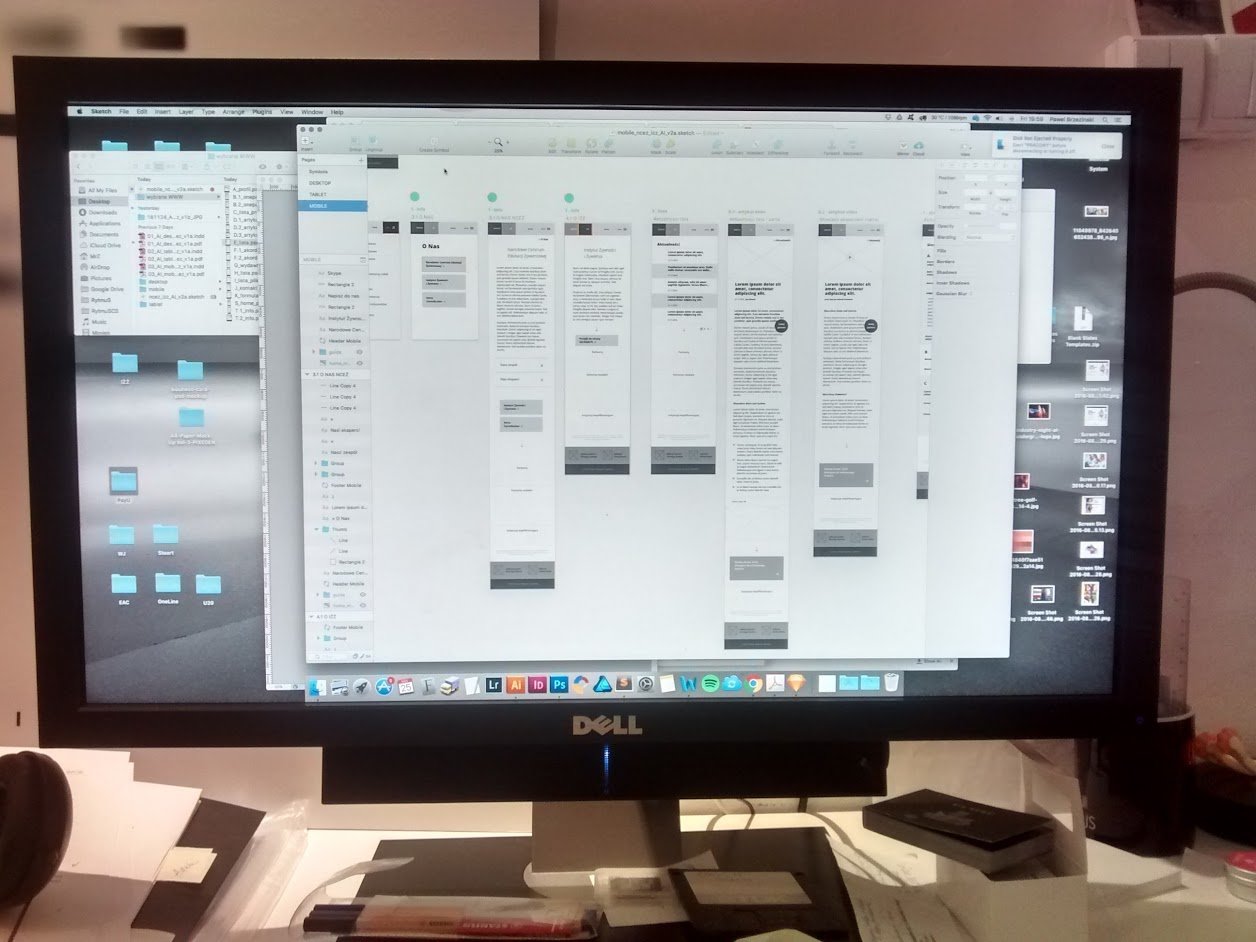
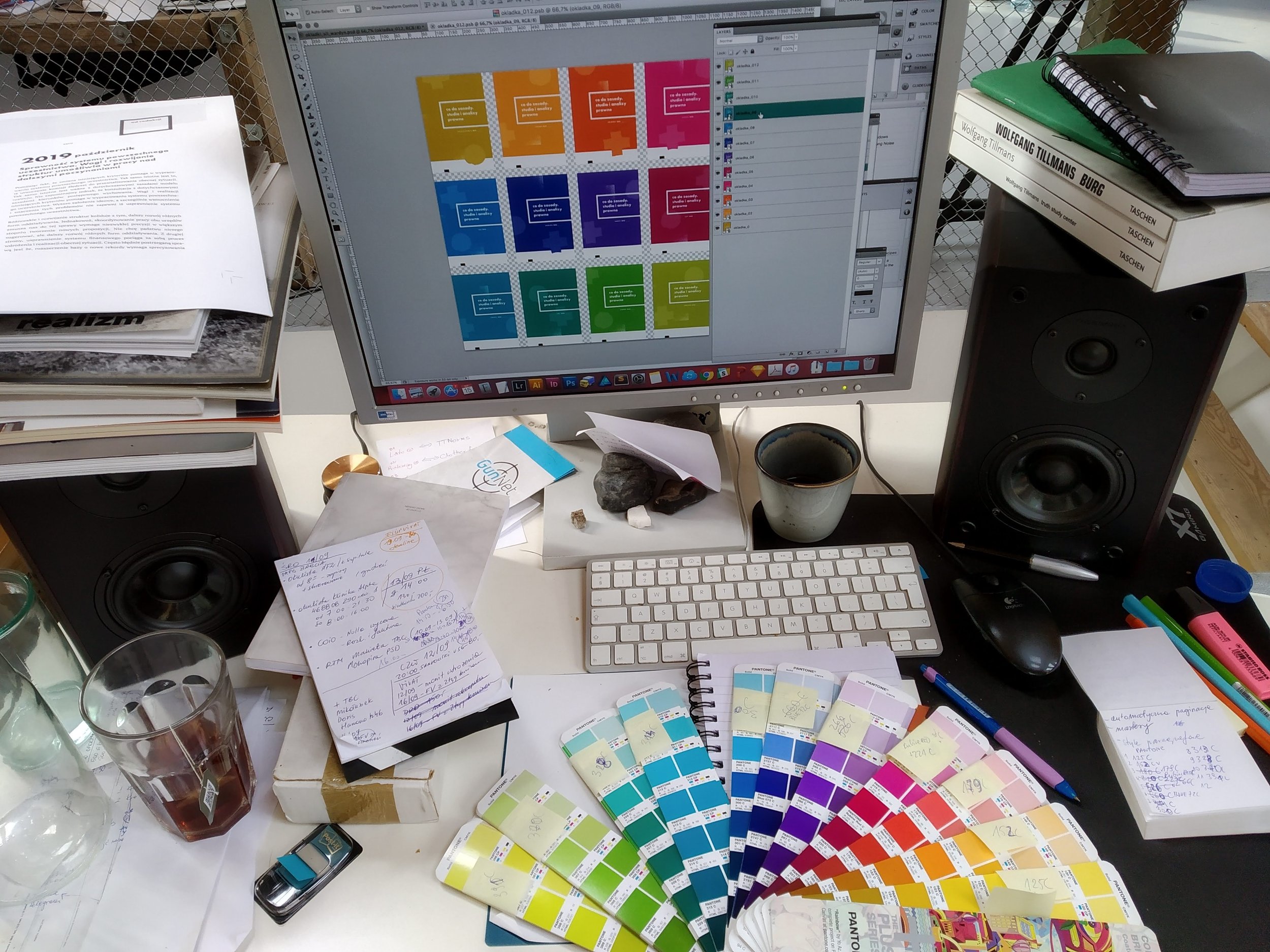

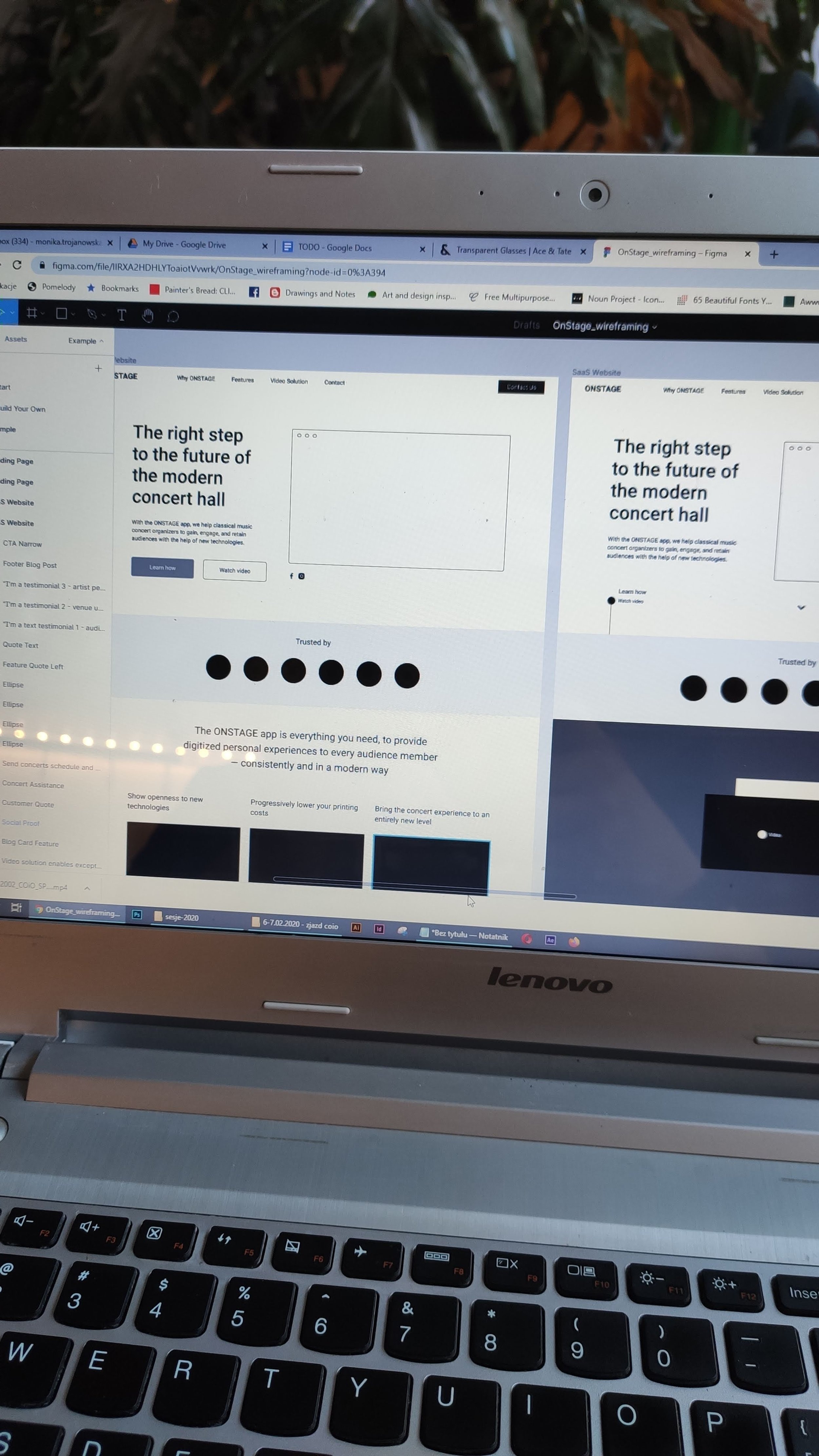
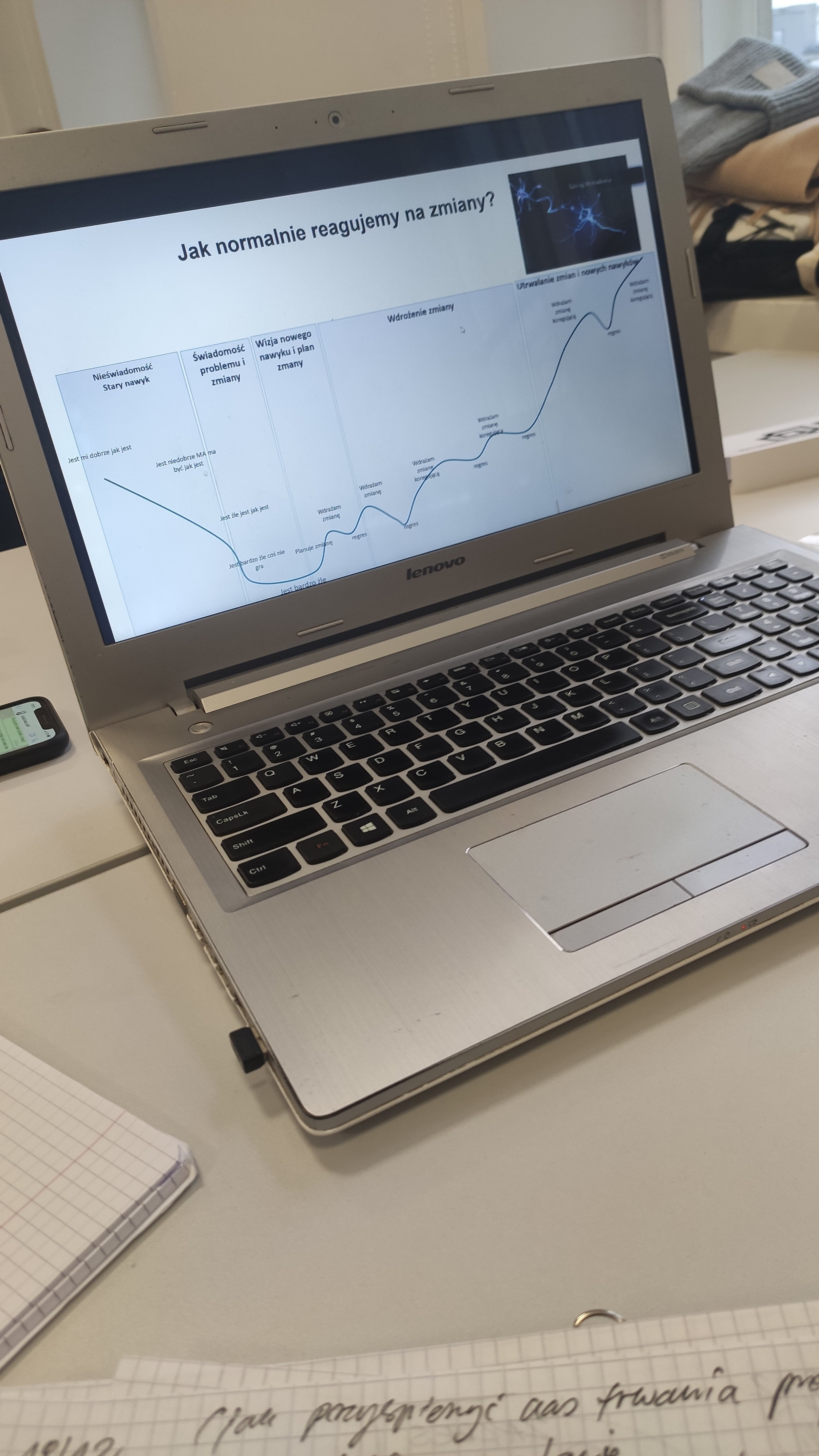
-
Debriefing my clients is important to gather feedback and insights, test assumptions, identify areas for improvement and build trust and satisfaction between us. It helps me ensure that the final product meets user and client needs and expectations.
-
Research helps me to identify pain points in a product or service and enables me to make improvements that increase user satisfaction.
Understanding the environment helps better understand the needs and expectations of users and to tailor the design to their requirements.
Researching the environment helps me identify problems that may affect the design, such as technological limitations or legal regulations.
-
The initial design phase is crucial because it sets the foundation for the rest of the design process. It helps me to establish a clear direction for the design and ensures that the design is aligned on the goals and requirements of the project. That's the moment when I'm working on:
Information architecture - organizing and structurizng information in a way that is clear, intuitive, and easy to navigate. Without effective IA, users may become frustrated, confused, or overwhelmed, which can negatively impact their overall experience and satisfaction with the product.
Ideation - brainstorming and generating initial design concepts and ideas.
Wireframing - creating sketches or wireframes, based on IA, to visualize the layout and structure of the product.
-
User and context refer to the broader social, cultural, and environmental factors that can influence the user's experience with a product or service. Researching user and context helps me anticipate their needs and preferences.
Building personas is my favorite phase of the project. The fictional characters that I create represent different user types, goals, and preferences. Personas help me empathize with users of the product or service I design, understand their needs, and create products that are tailored to their specific preferences and requirements.
Something that is often overlooked is the creation of a scenario for how a user interacts with our product or service. First, I create the scenario - this is also my favorite phase of the project. Then, based on the scenario, I build the user flow.
User flow refers to the path that a user takes through a product or service to achieve their goals. I can use user flow diagrams to visualize the user's journey, identify potential pain points or obstacles, and optimize the design to make the user's experience as smooth and efficient as possible.
-
These aspects can affect design decisions and ultimately impact the user experience. So, here are some examples of business aspects that I should know, and why:
1. The goals and objectives of the business, which can help me align the design goals with the overall business strategy.
2. The target audience, which can help me create user personas and design solutions that meet the needs of the target users.
3. The budget and resource constraints, which can help me make informed decisions about design solutions that are feasible within the given budget.
4. Analytics and data, which can help me make data-driven design decisions and optimize the user experience based on user behavior and feedback.
-
They allow me to identify potential issues with the design and make improvements before the final product is developed. I design low / mid and high fidelity prototypes, depending on project needs. High-fidelity prototypes are more detailed and closely resemble the final product. I create a working model of the product or service that users can interact with to test and validate the design concepts and get feedback from users. This feedback can be collected through various methods, such as surveys, interviews, or observation.
The insights gained from prototyping and testing can help me reduce the risk of failure and ensure that the final product is user-friendly and meets the business goals. By identifying and addressing potential issues early on in the design process, I can save time and resources and ultimately deliver a better user experience.
-
To deliver the final design to developers and managers, I provide detailed design specifications and guidelines that outline the design decisions, requirements, and specifications that must be met. This may include wireframes, mockups, or prototypes that demonstrate the design concepts and how they should be implemented.
In addition, I may also provide design assets such as icons, images, and typography that are used in the final product. These assets are designed to be consistent with the overall design language and style of the product.
I am comfortable working with both coding and non-coding platforms. If the client prefers a non-coding platform, I can use various UX design tools and software to create and deliver a high-quality product that meets their needs and requirements.
How am I working?
A few snap shots of my work flow and how I communicate user experience
User insights, sketching, low-fidelity + high-fidelity wireframes, interactive prototypes and user interface designs. Some of my main tools include Draw.io, Lucidchart, Figma, Sketch, Marvel, InVision and Adobe. Pen and paper are always a must, but in the pandemic time my friends became also Mural and Miro. I use Trello, Jira or Asana for the project management.
-
"I had the pleasure of working with Monika on many projects. She is an open-minded person with a very creative mind. Her area of competence then included design and UX work. Monika is also an efficient analyst with innovative thinking."
Paweł Brzeziński, Creative Director & Digital Designer, Partner at Rytm Digital
-
"Cooperation with Monika as part of Rytm.Digital was extremely satisfying. I especially appreciate Monika's commitment to every challenge. We have jointly implemented several projects in the digital area, in particular websites. The UX and UI delivered by Monika were always at a very high level. Her positive energy and reliability were an important building block of our team."
Roman Kühl, Lead Developer, User Experience Specialist, Partner at Rytm Digital
-
"From the first day we met at Rytm Digital, I knew her work approach was exceptional. We've been through many projects together, and I could always rely on her experience, knowledge and involvement. I appreciate her open communication and strategic approach to business that she transfer into well-defined personas and intuitive web and app architecture that goes with the best UX practices."
Jane Knap, Reasercher, Digital PM, New Business Specialist at Flying Bisons
-
"I worked with Monika for three years. She is a user experience and usability expert with a comprehensive understanding of creative processes. Working with her side by side I realized how incredibly detail oriented she is. We’ve had excellent cooperation as the front-end developer and the designer. Monika understands the specifics of the developer's work and the need for close cooperation for the perfect final product effect. She knows what she’s doing."
Daria Zychowicz, Full-stack Developer, Engineer at Automattic
Jakub Fiebig, CEO & Co-Founder @ ONSTAGEai.com - software solution for classical music venues using Artificial Intelligence to fully automate the video production process of live concerts
“Monika is very professional and works with full commitment focused on the client's goals. Sensational contact, exemplary approach to the design process, keeping deadlines. Thanks to this cooperation, we were able to start the promotion of the application as planned.”
Areas of work
Information Architecture / focuses on organizing, structuring, and labeling content in an effective and sustainable way ● Concept Ideation / generating, developing, and communicating new ideas, where an idea is understood as a basic element of thought that can be either visual, concrete, or abstract, and also:
Concept Development ● User Experience Design ● Customer Experience Design ● Interaction Design ● Design Strategy ● Service Design ● Tangible User Interfaces ● Usability ● User Research ● User Testing ● Sketching ● Wireframes ● Interactive Prototypes ● Co-creation Workshops
Methods I can work with
Design Sprints ● Analogous Inspiration ● Card Sorting ● Design Principles ● Value Proposition Canvas ● Hypotheses ● Problem Statements ● How might we ● Qualitative Research ● Story Mapping ● Crazy 8 ● User Testing ● Rainbow Spreadsheet ● Secondary Research ● User Flows ● Process Flows ● Customer Journey ● Service Blueprint ● Customer Profiles ● SWOT Analysis ● Desk Research ● Affinity Map ● Content Audit ● User Stories ● Lightning Decision Jam ● Retro ● Stylescapes ● Moodboard ● Design System
Industries I worked for
E-commerce, FinTech, Technology and Electronics, Culture, Arts, Consumer Goods, Public Services, Food, Non-profit
I am also a experienced practitioner in the following business areas:
Evaluation ● Consumer Insights ● Research Consulting ● Brand (strategy, positioning, communication) ● Product (innovation, optimization) ● U&A (needs, motivations, segmentations) ● Organizational Management (employee satisfaction) ● Customer Relationship Management (service quality, satisfaction)
◼
Thank you for taking the time to review my portfolio.
Please don't hesitate to contact me via LinkedIn or e-mail: monika [at] h46.pl.

